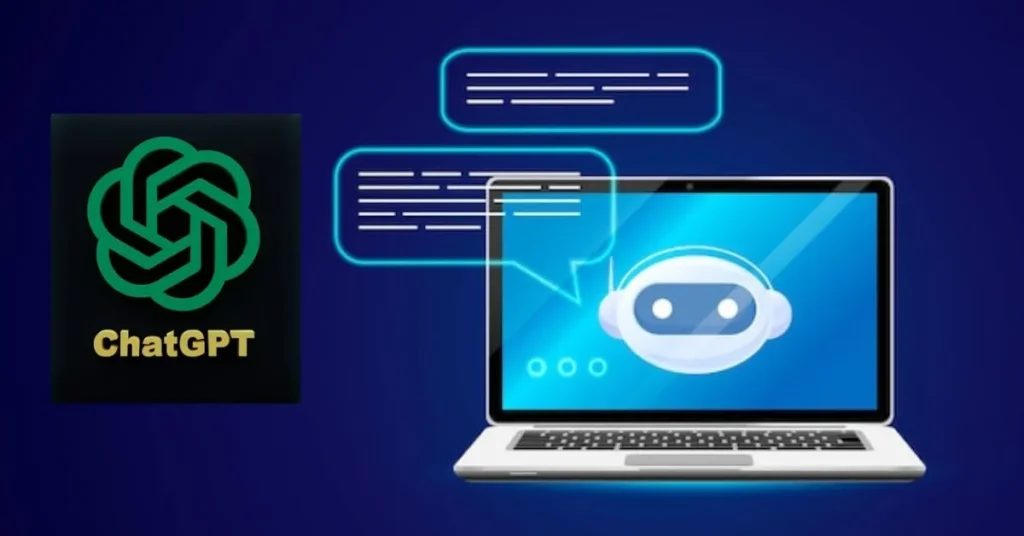Artificial Intelligence (AI) has rapidly evolved over the past decade, significantly impacting various aspects of our lives. Among the most impressive developments is Chat GPT, an AI model designed to generate human-like text based on the input it receives. But what exactly is Chat GPT, and why is it making waves in the tech world?
What is Chat GPT?
Chat GPT, short for Chat Generative Pre-trained Transformer, is an advanced AI language model developed by OpenAI. It leverages a deep learning architecture called the Transformer, which enables it to understand and generate text in a remarkably human-like manner. The inception of Chat GPT can be traced back to OpenAI’s efforts to create scalable AI that can assist with a variety of tasks, from answering questions to generating content.
How Chat GPT Works
At its core, Chat GPT operates using a sophisticated neural network trained on vast amounts of text data. The model learns the patterns, structures, and nuances of language during its training phase, allowing it to predict and generate coherent responses based on the input it receives. This process, known as unsupervised learning, enables Chat GPT to continually improve its performance over time.
Key Features of Chat GPT
One of the standout features of Chat GPT is its natural language processing (NLP) capability. It can understand context, discern intent, and produce relevant responses, making interactions feel more natural and intuitive. Additionally, Chat GPT is versatile, capable of performing a wide range of tasks such as drafting emails, creating content, and even engaging in casual conversation.
Applications of Chat GPT
The applications of Chat GPT are extensive and varied. In customer service, for instance, it can handle inquiries, provide support, and enhance user experience by offering instant, accurate responses. In content creation, it assists writers by generating ideas, drafting articles, and editing text. Moreover, in education, Chat GPT serves as a tutor, helping students with their studies by providing explanations and answering questions.
Benefits of Using Chat GPT
Integrating Chat GPT into your workflow can yield numerous benefits. It enhances efficiency and productivity by automating repetitive tasks and providing quick access to information. It’s cost-effective, reducing the need for extensive human labor. Moreover, its ability to operate 24/7 ensures that users have continuous access to support and information, regardless of time zones.
Limitations of Chat GPT
Despite its impressive capabilities, Chat GPT is not without limitations. One notable concern is the potential for biases in the responses it generates, which stem from the data it was trained on. Additionally, the model’s performance heavily relies on the quality of the input data, meaning inaccuracies or ambiguities in the input can lead to less-than-ideal outputs.
How to Integrate Chat GPT in Your Business
Integrating Chat GPT into your business begins with understanding your specific needs and how the model can address them. The initial setup involves selecting the right version of Chat GPT, configuring it to suit your requirements, and ensuring it has access to relevant data. Customization options allow you to fine-tune the model’s responses to align with your brand’s voice and style.
Ethical Considerations
When deploying AI like Chat GPT, ethical considerations must be at the forefront. Ensuring user privacy is paramount, given the sensitivity of the data the model may interact with. Responsible AI usage involves continuously monitoring the system for biases and inaccuracies and making adjustments as needed to maintain ethical standards.
Future of Chat GPT and AI Technology
The future of Chat GPT and AI technology is incredibly promising. We can expect continued advancements in the model’s capabilities, making it even more efficient and versatile. Emerging trends suggest a greater integration of AI in daily operations, with Chat GPT playing a pivotal role in enhancing productivity and innovation.
Case Studies
Several companies have successfully implemented Chat GPT to streamline their operations. For instance, a customer service firm saw a 30% increase in efficiency by using Chat GPT to handle routine inquiries, freeing up human agents to tackle more complex issues. Another example is a content creation agency that leveraged Chat GPT to generate high-quality drafts, significantly reducing the time required for manual writing.
Tips for Maximizing Chat GPT’s Potential
To get the most out of Chat GPT, it’s essential to follow best practices. Regularly update the model with fresh data to keep it relevant and accurate. Monitor its performance and make necessary adjustments to optimize its output. Additionally, avoid over-reliance on the model for critical tasks, ensuring human oversight remains an integral part of the process.
Conclusion
Chat GPT represents a significant leap forward in AI technology, offering a powerful tool for businesses and individuals alike. Its ability to understand and generate human-like text opens up a myriad of possibilities, from enhancing customer service to streamlining content creation. However, as with any technology, it’s crucial to use it responsibly and remain aware of its limitations. By doing so, we can harness the full potential of Chat GPT while maintaining ethical standards and ensuring optimal outcomes.
FAQs
Q: What is the primary function of Chat GPT?
A: Chat GPT is designed to generate human-like text based on the input it receives, making it useful for a variety of tasks such as answering questions, creating content, and engaging in conversation.
Q: Can Chat GPT replace human workers?
A: While Chat GPT can handle many tasks efficiently, it is best used as a supplement to human labor rather than a replacement, particularly for tasks requiring human judgment and creativity.
Q: How does Chat GPT handle sensitive information?
A: Ensuring user privacy and data security is crucial when using Chat GPT. It’s important to implement robust data protection measures and monitor the system for any potential breaches.
Q: What are some common uses of Chat GPT in business?
A: Common uses include customer service automation, content generation, virtual assistance, and data analysis.
Q: How can I customize Chat GPT for my specific needs?
A: Customization involves configuring the model to align with your brand’s voice, providing it with relevant data, and setting parameters to tailor its responses to your specific requirements.







